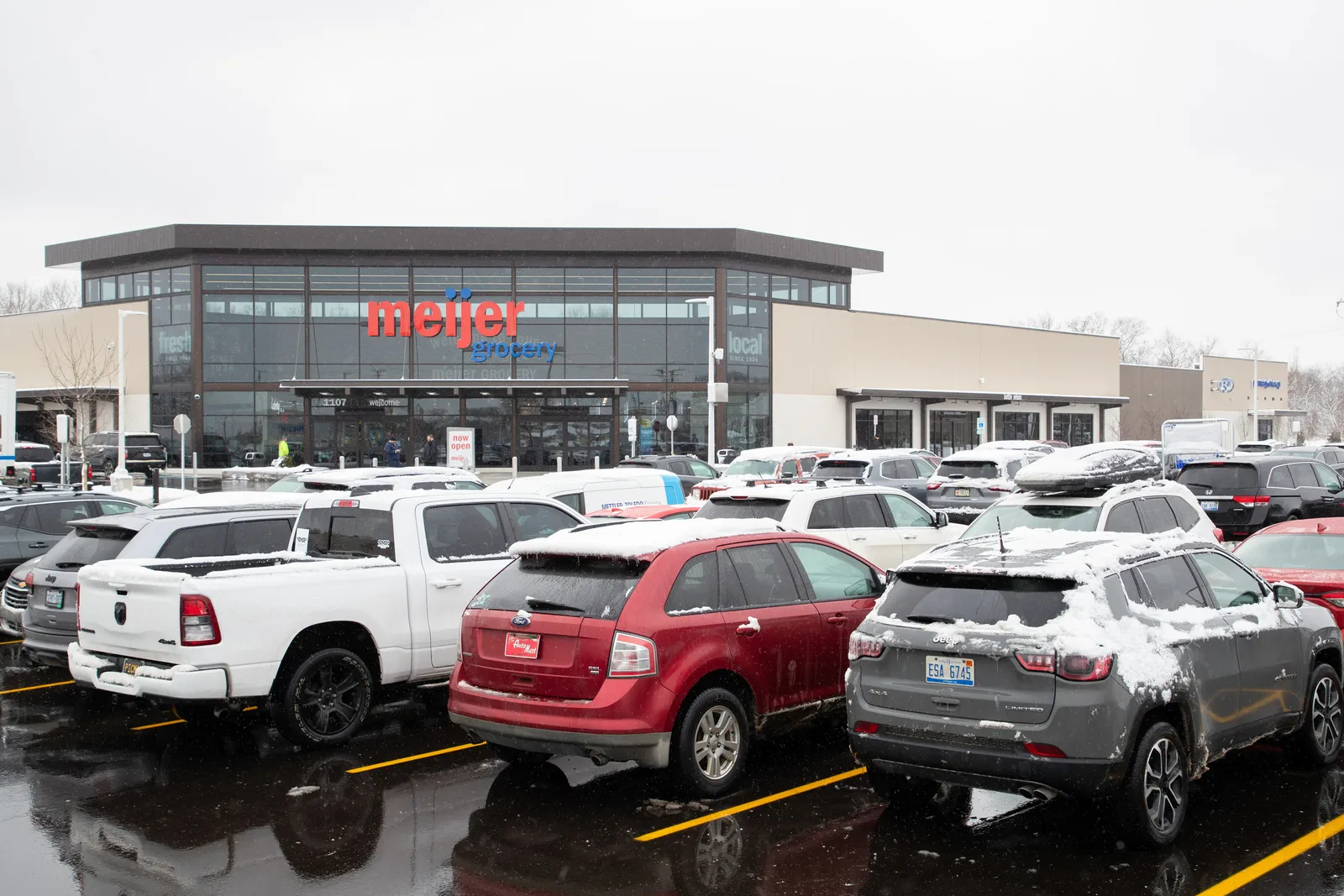Dive Brief:
- Wegmans, Meijer, H-E-B and Hy-Vee have each broken their traditional mold in order to cater to consumer shopping habits lingering from the COVID-19 pandemic and mid-2022 inflation spike, Placer.ai highlighted in a recent report.
- While Wegmans and Meijer have downsized their newer locations, H-E-B and Hy-Vee have debuted grocery supercenters with additional non-food offerings. Each of these new formats is helping companies drive traffic and reach new shoppers, Placer’s data shows.
- Grocers' approaches to remaining relevant among consumers differ from chain to chain as some new stores focus on mission-driven shoppers while others seek to create an elevated in-store experience.
Dive Insight:
Placer’s “5 Major Grocery Trends Shaping the Industry in 2023” report demonstrates that larger and smaller formats each have specific benefits for retailers, depending on different factors.
The downsized grocery store layout dampens the burden of real estate, construction and labor costs for grocers and allows them to lower operating costs. This layout can also give a grocer the opportunity to attract a specific customer base and create a more efficient shopping experience, according to the report, which was released last week.
In 2022, Wegmans debuted three smaller-format store locations in Philadelphia; Wilmington, Delaware; and Washington, D.C., each around 80,000 square feet compared to Wegmans’ typical store layout of 140,000 square feet.
Upon opening, the downsized Wegmans store in Wilmington received more visits per square foot than traditional store models in the Philadelphia area during the first quarter of 2023. These new stores cater to the grocery chain’s “dedicated customer base,” per Placer’s report.
In early 2023, Meijer opened its first two supermarkets in Michigan under its new Meijer Grocery brand. The stores span between 75,000 and 90,000 square feet — smaller than Meijer’s typical store layout of 150,000 to 250,000 square feet.
Meijer’s format draws in a specific customer segment: customers with a “higher-than-average median household income,” according to Placer’s foot traffic data. The traditional Michigan Meijer location attracts customers with a median household income of $51,000 per year to $81,000 per year while Meijer Grocery attracts visitors from trade areas with median household incomes of $90,000 per year and $103,000 per year.

Many shoppers are also seeking out a more immersive shopping experience. Placer’s data saw a rise in the “potential value of each shopping trip” as a number of shoppers look to make longer, less frequent grocery runs — and grocery chains like Hy-Vee and H-E-B are creating grocery supercenters to entice this customer base.
Hy-Vee’s recently debuted Janesville, Wisconsin, store spans almost 97,000 square feet and sees a higher number of visits per square foot on average compared to other nearby Hy-Vee locations, the report said. Beyond groceries, the store houses a floral department, pharmacy, gift shop, clothing and shoe store, eyewear section and an in-store Starbucks.
The Janesville supercenter sees 1.9 visits per square foot compared to neighboring Wisconsin Hy-Vee locations, which see an average of 1.5 visits. The store also grabs visits from a larger trade area than similar stores, according to the report.
H-E-B’s new store format in Austin, Texas, meanwhile, is two stories tall and nearly double the size of standard 50,000-square-foot H-E-B stores. The median visit duration in March and April at that location was 27.6% longer than at the chain’s traditional format stores in the larger Austin area, Placer reported.
With a cafe and bar, pharmacy and several on-site restaurants as well as a garden department, foot traffic for the supercenter location dominates weekend visits compared with neighboring H-E-B storefronts. In March and April, 37.6% of visits to that location occurred over the weekend compared to an average 33.8% share of weekend visits to other H-E-B Austin storefronts.
In April, Placer reported that across the retail industry, brick-and-mortar stores are “crucial venues for promoting brand awareness, facilitating product discovery” and making stores a great place to shop, not just buy.










